Though American, both Whistler and Sargent worked and exhibited in Europe. Their patrons were often the wealthy industrialists who characterized the Gilded Age.
c. 1862–1900 C.E.
Though American, both Whistler and Sargent worked and exhibited in Europe. Their patrons were often the wealthy industrialists who characterized the Gilded Age.
c. 1862–1900 C.E.
We're adding new content all the time!

A critic accused Whistler of “flinging paint at the public” when he saw this painting, so Whistler sued him.
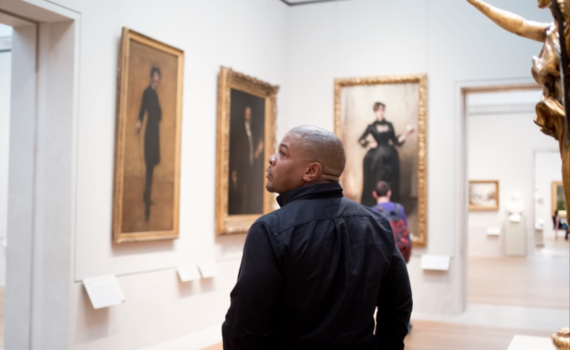
Contemporary artist Kehinde Wiley discusses the seduction of Sargent's portraits as luxury goods and events of class
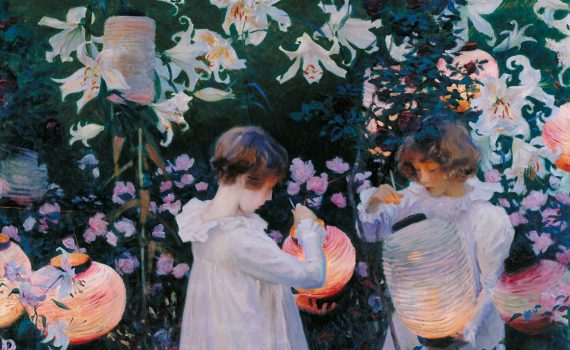
Singer Sargent’s evocative canvas turns a sweet, ordinary scene into a symphony of shapes and colors.
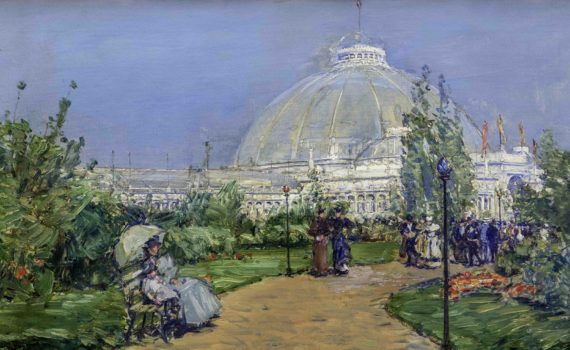
Celebrating America's place in the world
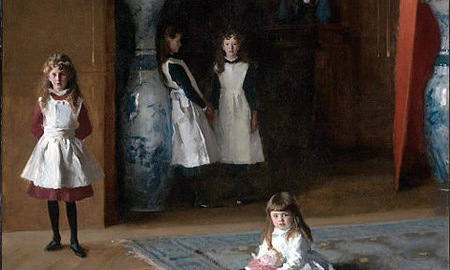
Sargent studied the work of Velázquez, and those lessons paid off in this painting of a Bostonian’s daughters.
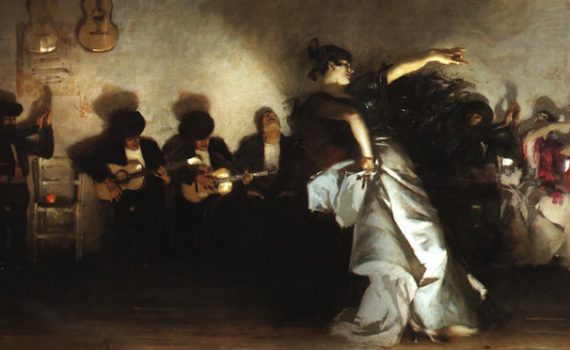
This dramatic dance scene captures a moment in time on an enormous scale.
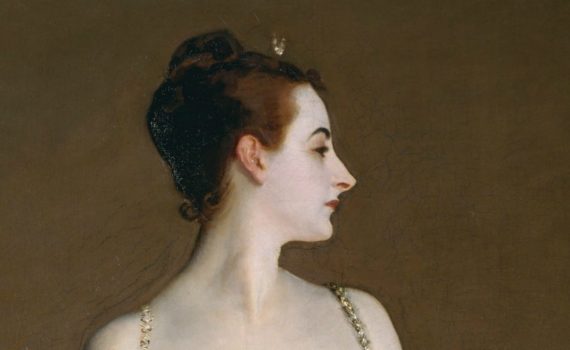
It was all fun and games until the artist painted a woman’s bare shoulder and showed it to a scandalized public.

Nothing says “I love you” like depicting your girlfriend as a “prop” without mood, personality, or expression!